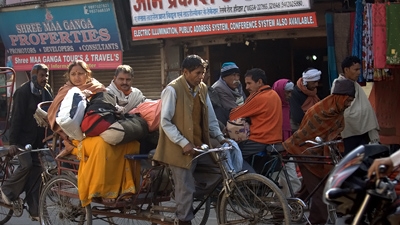A new World Bank report on urban growth in India, launched recently in New Delhi, shows India’s urban areas growing much faster than expected, adding 90 million new residents in the last 10 years. By 2030, its cities are projected to be home to another 250 million people.
In Urbanization beyond Municipal Boundaries: Nurturing Metropolitan Economies and Connecting Peri-Urban Areas in India, World Bank economist Tara Vishwanath and her team found most of the growth taking place beyond metropolitan areas. Although “suburbanization” is a worldwide phenomenon, it usually occurs in middle to advanced stages of development. In India, it’s happening much earlier than expected.
“Early urbanization can be a positive force,” Vishwanath said. “There is room to look at policies and improvements that fully capture the benefits of growing cities.”
For two years, the World Bank team worked with India’s foremost urban experts from government, academia, and the private sector to address areas with the greatest impact on urbanization: land reform, infrastructure, and transportation. The team came in at the right time; the government had just passed land reform legislation for the first time in a century and was developing its 12th five-year plan, which includes new urban policies.
“It was work done together, responding to requests of policy makers who really wanted to make a difference,” said Zoubida Allaoua, a director at the World Bank who oversaw the India review. “We provided the evidence comparing the benefits of action with the costs of inaction.”



